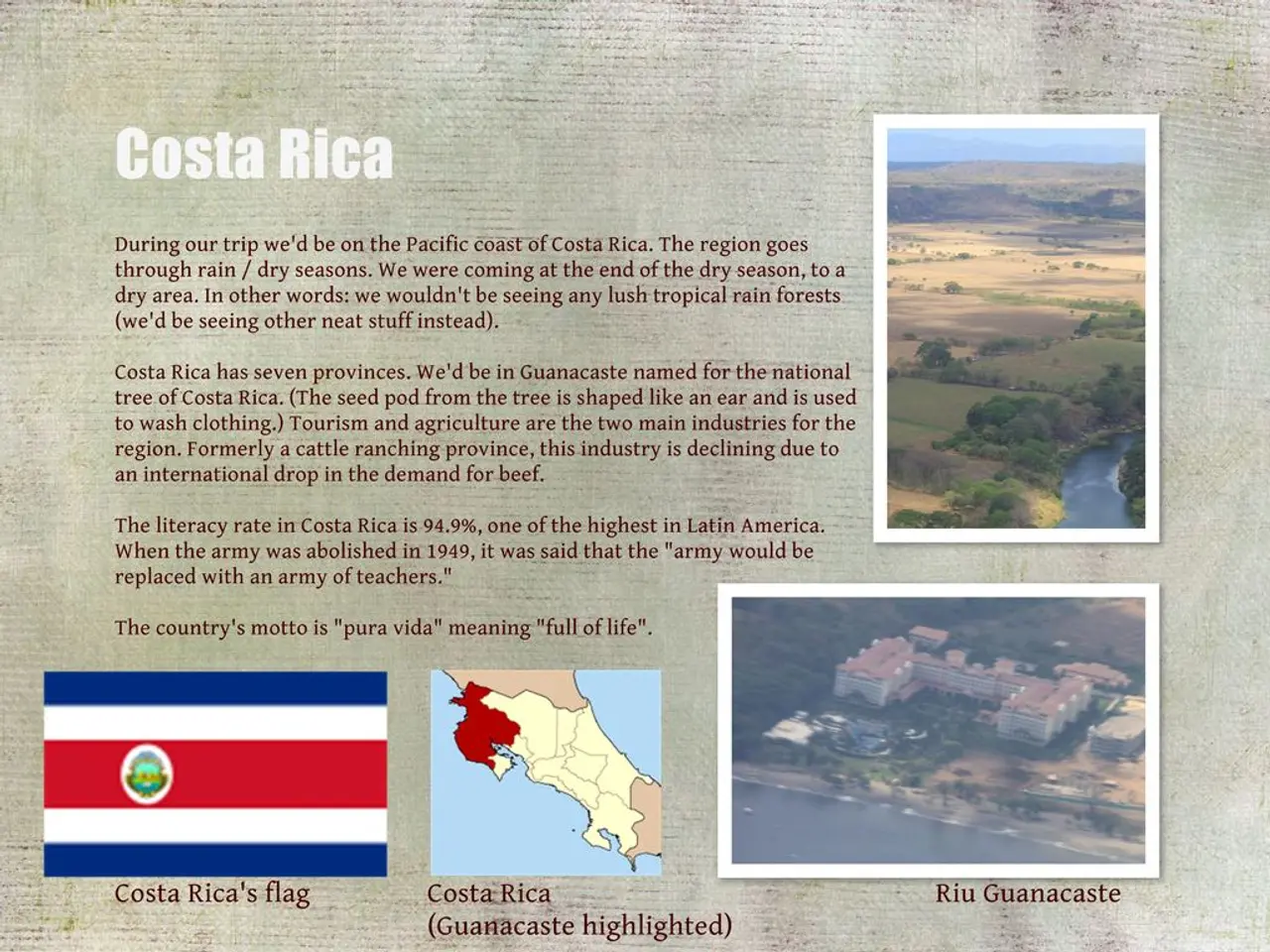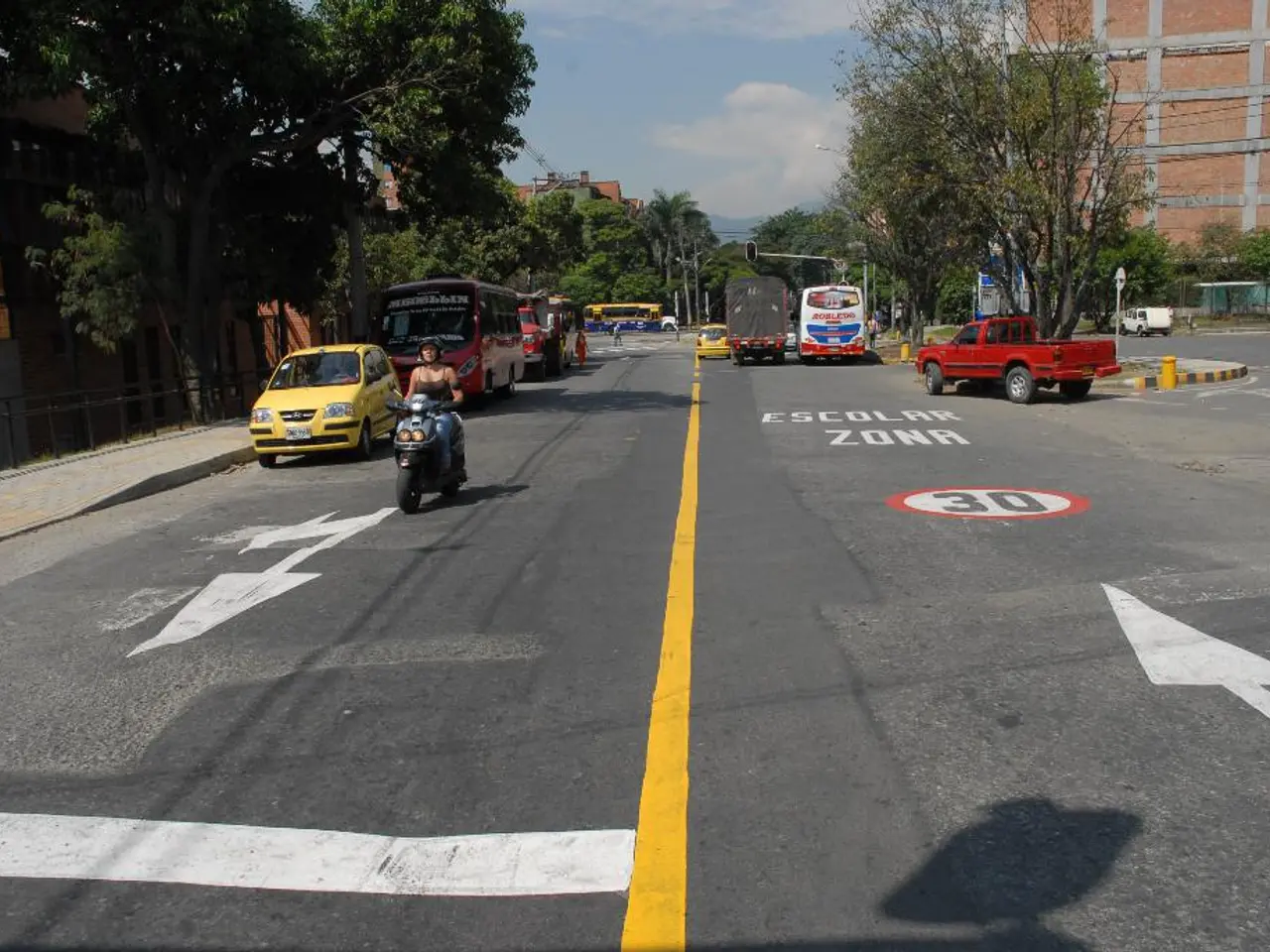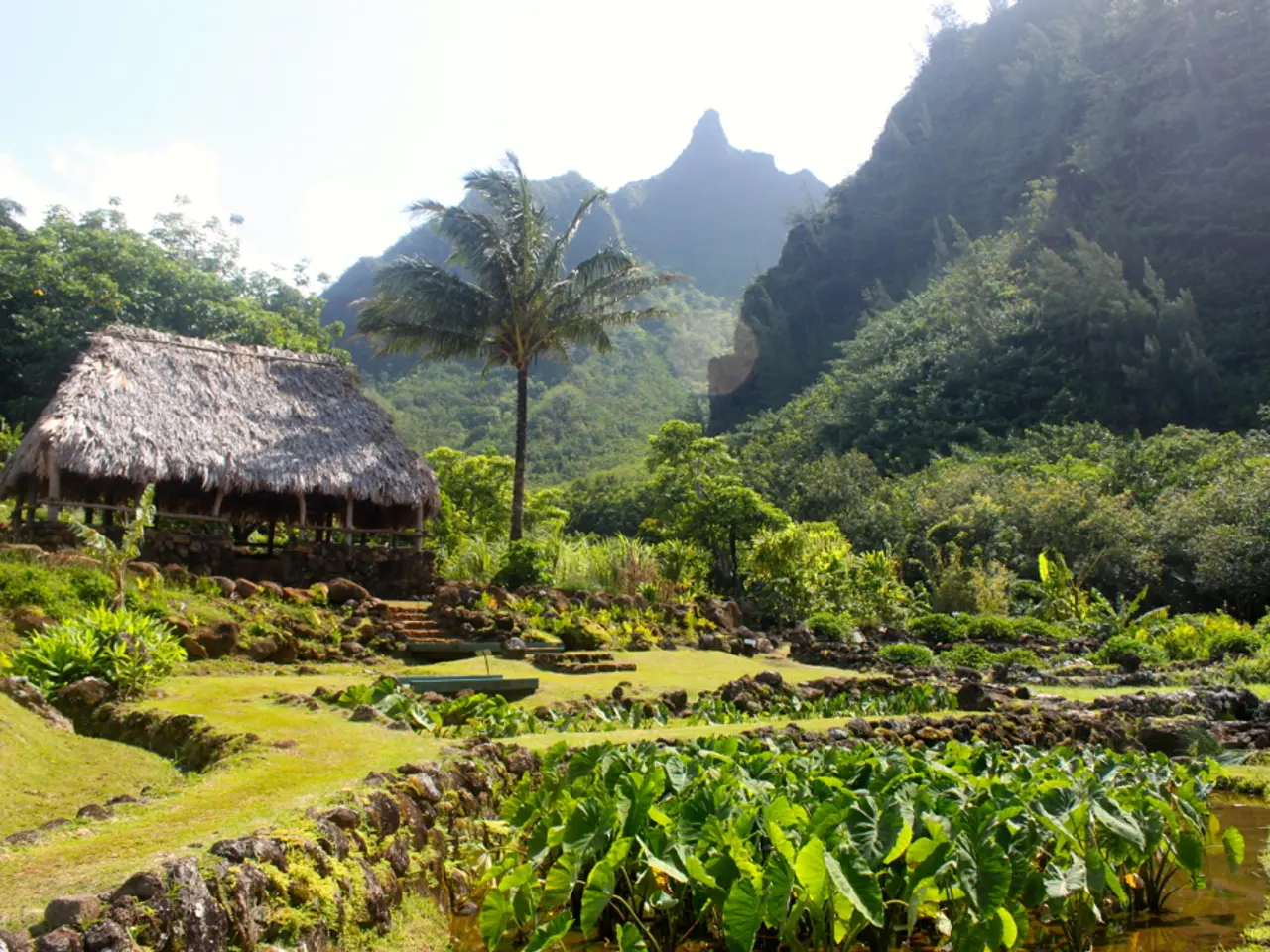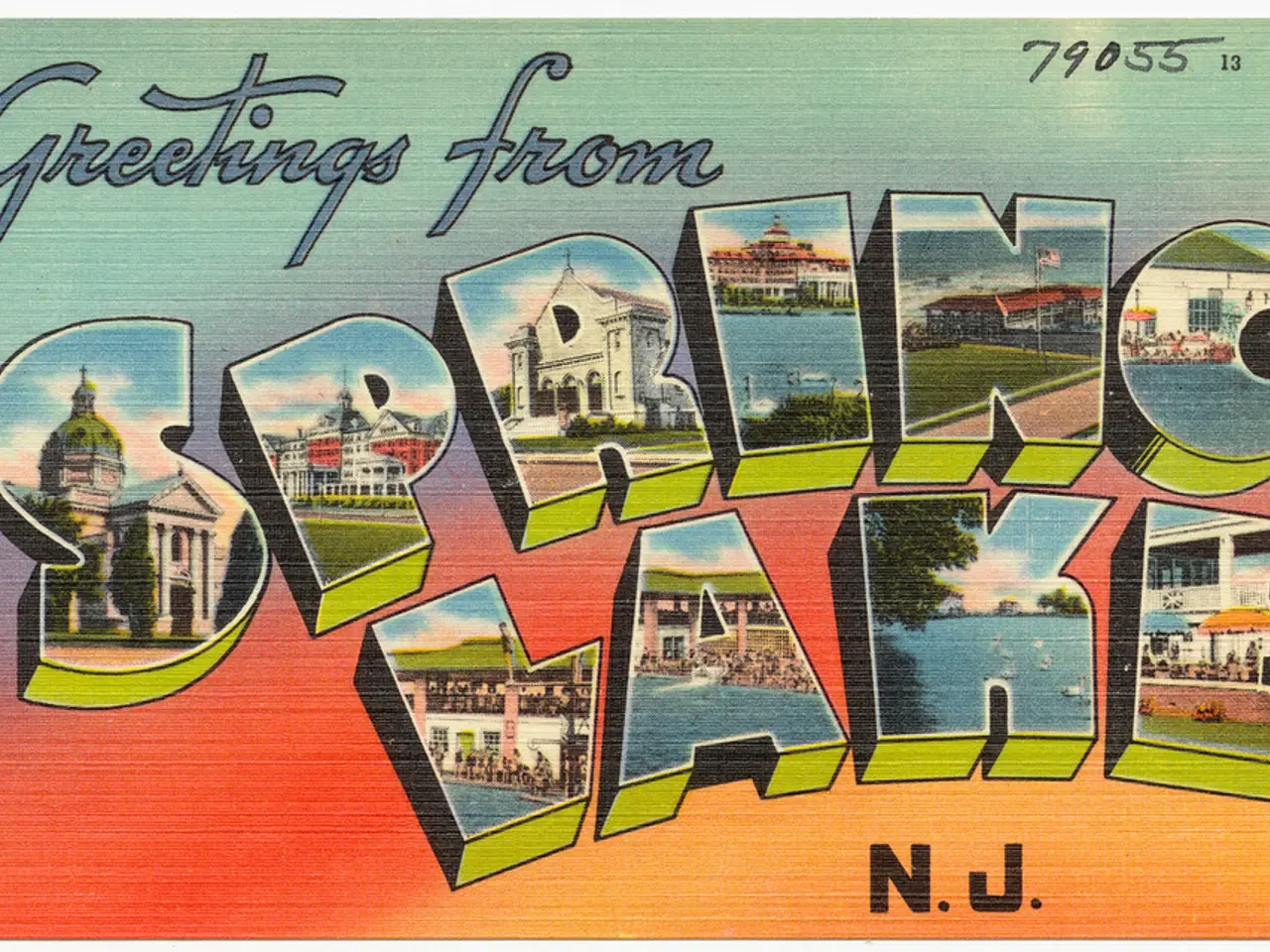Colombian Hydrographic Service Facing Disaster Relief Crisis
Colombian National Hydrographic Service Plays Crucial Role in Hurricane Response and Recovery
In the aftermath of Hurricanes Eta and Iota, which severely impacted the Archipelago of San Andrés, Providencia, and Santa Catalina in November 2020, the Colombian National Hydrographic Service (CIOH) took a leading role in responding to the crisis.
Monitoring and Data Provision
The CIOH closely monitored the progression of both hurricanes, providing critical hydrographic and meteorological data to government agencies and emergency responders. Their data helped predict storm surges, wave heights, and potential flooding, which were crucial for early warnings and evacuation plans.
Navigational warnings were issued to maritime traffic around the archipelago, advising suspension of port activities and restricting ferry and cargo vessels to ensure safety during the storms. Post-storm assessments conducted by the CIOH informed reconstruction and recovery efforts, particularly regarding navigational safety for supply deliveries and the reconstruction of port facilities.
Infrastructure and Population Impact
The archipelago, particularly Providencia, suffered catastrophic damage. Approximately 98% of the infrastructure on Providencia was destroyed or severely damaged, including homes, schools, hospitals, power and water supplies, and communication networks. Thousands of residents were displaced due to loss of housing and essential services. The destruction of infrastructure significantly impacted daily life, access to healthcare, and continuity of education.
The damage to ports and navigational hazards delayed relief and reconstruction efforts. However, the CIOH's post-storm surveys were crucial in reopening safe maritime routes. The continuity of the use of the freshwater dam for the island community was ensured.
Recovery and Preparedness
Immediate dredging of the Providencia canal was done due to its decreased depth after the storm. The Port Authority of Providencia Island reported loss of Aids to Navigation, destruction of coastal constructions, and almost total destruction of houses and buildings on the Island after Iota's passage.
The General Maritime Directorate (DIMAR) ordered preparations to face these disasters, involving the Oceanographic and Hydrographic Research Center of Caribbean (CIOH), Maritime Signaling Office, Harbor Master Offices, and oceanographic vessels. The hydrographic vessel "ARC Roncador" prepared for recovery efforts and installed buoys for the archipelago's access channels after the storm's forecast to move towards Providencia Island.
The hydrographic team carried out 6 single-beam hydrographic surveys, 1 multibeam survey, and the repositioning of 7 buoys. The vessel ARC Roncador installed a recovered buoy safe water and 6 lateral buoys. A hydrographic survey of the Providencia canal sector started.
More hydrographic surveys were carried out according to the requirements of the National Navy and UNGRD. A route was traced for the dewatering of a grounded motor vessel and an area for new government piers was evaluated.
Safety Measures and Losses
The CIOH's efforts were not only limited to post-storm assessments. They also issued messages to inform sailors in the Caribbean Sea about the current status before and during the storms. The population was alerted to take protective measures, preventing a significant loss of human life.
Only two people died among the more than 5,000 inhabitants of Providencia Island, the most affected. The western Caribbean islands, Guajira peninsula, and Sierra Nevada de Santa Marta weaken storm systems, often causing them to change trajectory and avoid Colombia.
Looking Forward
The central government invited the whole world to visit the Providencia islands, assuring vigilance and responsiveness to events such as these storms. The Colombian Caribbean Sea historically experiences fewer storms, hurricanes, and meteorological phenomena from the Atlantic Ocean.
Despite the challenges, the CIOH and Colombia demonstrated their ability to respond effectively to natural disasters, ensuring the safety and well-being of their citizens. The hydrographic service's efforts were a testament to their commitment to protecting the country's coastlines and maritime infrastructure.
- The hydrographic surveys conducted by the Colombian National Hydrographic Service (CIOH) were instrumental in reopening safe maritime routes and ensuring the continuity of the use of the freshwater dam in the aftermath of Hurricanes Eta and Iota.
- In the realm of environmental science and climate-change, the CIOH's post-storm data also contributed significantly to weather-forecasting, helping predict storm surges and flooding in future hurricanes.
- Collaborating with various agencies, the CIOH and the General Maritime Directorate (DIMAR) carried out multiple hydrographic surveys and installations, including navigational aids, to ensure safety and facilitate weather-forecasting, thereby contributing to the overall resilience and preparedness of the archipelago against such natural disasters in the future.








